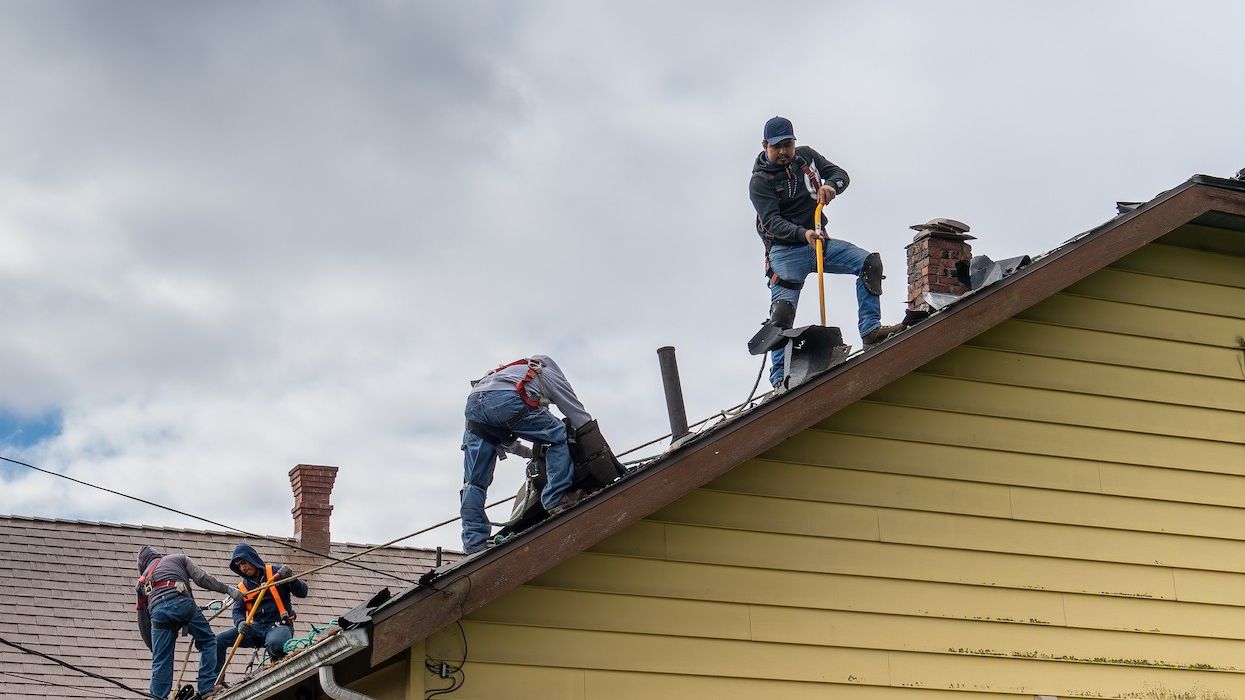On Friday morning, Statistics Canada unveiled the very first release of their Residential Renovation Price Index (RRPI). It’s “a program that provides a comprehensive portrait of the changes in the cost to complete residential renovation projects in Canada,” according to the government agency.
“There has been growing interest in understanding price changes in this sector in recent years, as increasing renovation activity has led residential renovations to account for a growing share of gross fixed capital formation in residential structures. The RRPI will complement existing price indexes for residential construction.”
The index includes 37 individual renovation projects, and those are organized into eight renovation project groups and calculated across 15 census metropolitan areas.
“Data for 11 CMAs begin in the first quarter of 2017, while the data collection was expanded to capture four additional CMAs beginning in the first quarter of 2023,” StatCan said.
Friday’s data shows that, in the second quarter of this year, residential renovation prices came up by 0.7% (quarterly) across Canada after 0.8% increase in the quarter prior. “Cost pressure” was the most persistent on the West Coast in Q2, with British Columbia seeing the “the largest quarterly price increases,” at 1.4%. Closely following was Saskatchewan, at 1.3%, and then Newfoundland and Labrador, at 1.2%. Quebec experienced the smallest quarterly increase, at just 0.4%.
On par with the provincial findings, Victoria and Vancouver saw the most Q2 growth, with the index inching up 1.4% for both CMAs. Saskatoon had growth of 1.3%, followed by Calgary at 1.2%. Ottawa and Montreal experienced the smallest quarterly increases, at 0.3% and 0.2% respectively.
“While the cost to complete each individual renovation varies significantly by project and location, renovations in the heating and air conditioning equipment project group experienced the strongest quarterly increases in the second quarter, followed by those classified as exterior additions or improvements,” StatCan said.
The crown corporation further noted that annual price increases — those clocked in at 3.7% nationally, 5.8% in BC, and 5.7% in Saskatchewan — are “linked to local construction activity and wage pressure” over the last 12 months.
“As construction activity has remained strong in British Columbia and across the Prairies, labour shortages have persisted in several skilled trades,” StatCan said. “These shortages have resulted in both British Columbia and the Prairie region reporting some of the country's largest wage increases over the last 12 months, as measured by the Construction Union Wage Rate Index.”
The agency also pointed out that, across Canada “the roofing, exterior additions or improvement, and windows and doors renovation project groups experienced the strongest growths in prices year over year.”
Pandemic Price Pressure “Normalized”
Renovations were popular during the COVID-19 pandemic, and StatCan’s data reflects that.
“The quarterly growth in renovation prices remained relatively modest from the first quarter of 2017 through the second quarter of 2020, ranging from 0.1% to 1.7%, but during the pandemic lockdown period, the costs to complete residential renovation projects began to rise sharply,” the agency said. “As lockdowns impacted supply chains, and distancing mandates made in-person work more challenging, project lead times and their associated costs soared, while demand persisted unabated.”
As a result, the RRPI jumped up 66.5% on a national basis between the first quarter of 2017 to the second quarter of 2024. Ontario saw the largest increase of all provinces, with the index jumping up 91.8%, and that figure was driven up by “strong price pressure” in Toronto.
Trailing Ontario was BC, with an increase of 56.9%, followed by Newfoundland and Labrador, with an increase of 56.4%. Saskatchewan and New Brunswick experienced the lowest price pressure, at 40.5% and 40.1% respectively.
Since pandemic times, price pressure has “normalized,” according to StatCan. “While quarterly renovation price growth slowed somewhat, it remained elevated until the second quarter of 2022, with prices rising 18.9% from the second quarter of 2021 to the second quarter of 2022,” the agency explained. “As interest rates rose and the rate of renovation projects slowed, the quarterly growth in residential renovation prices began to return to pre-pandemic levels, although price pressure continues to remain uneven across the country, owing to both local demographic and labour availability trends.”





















